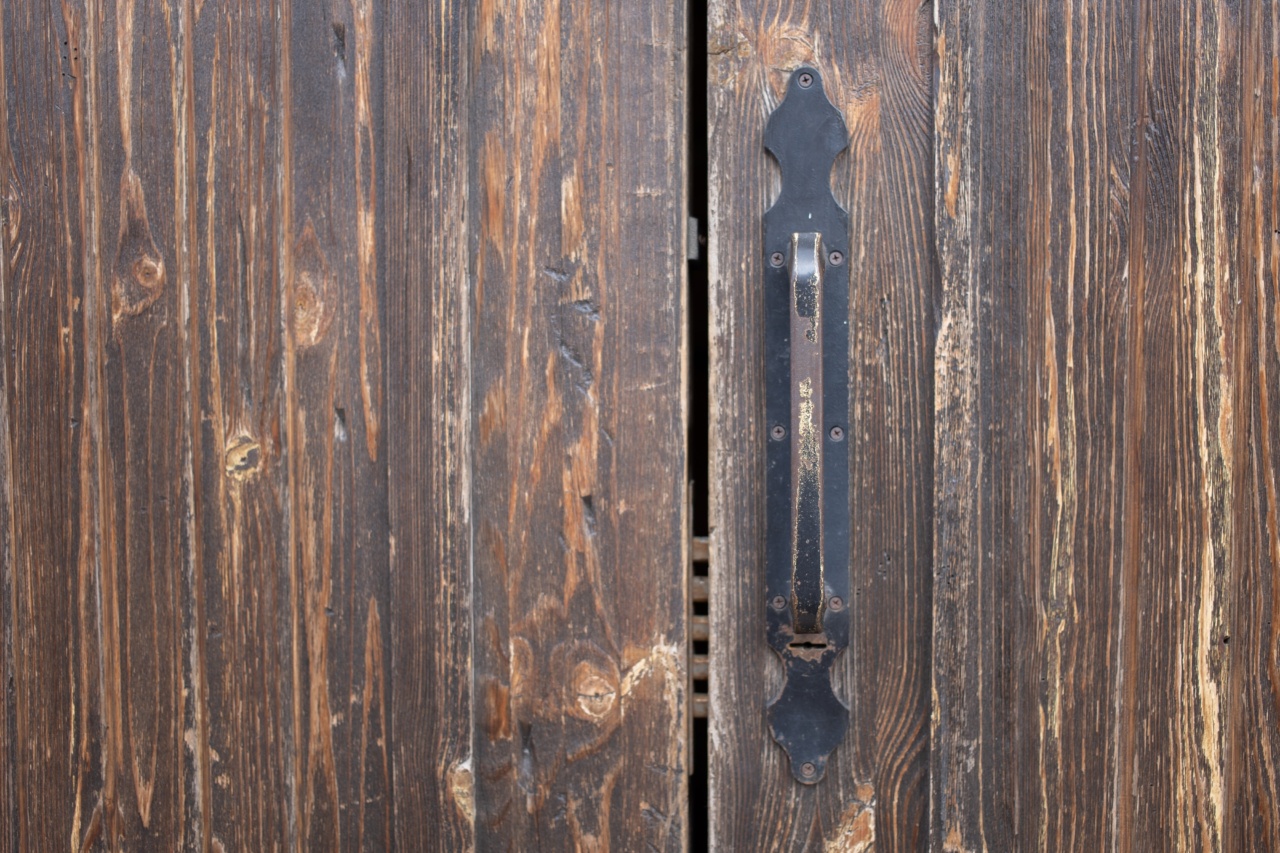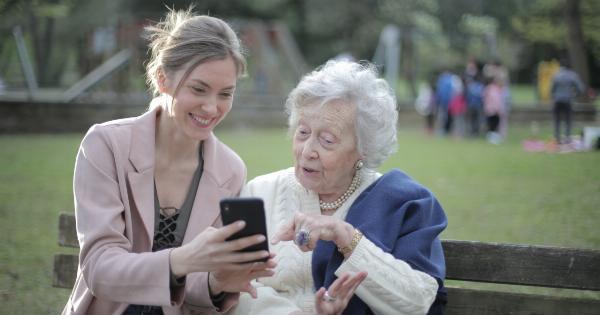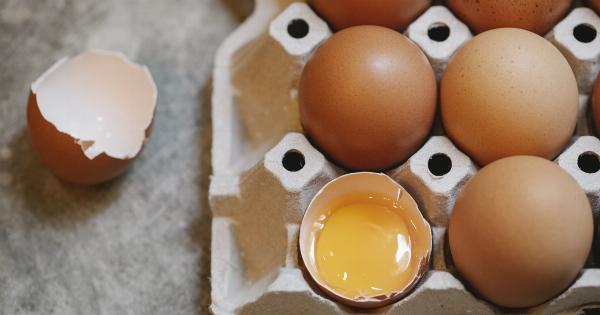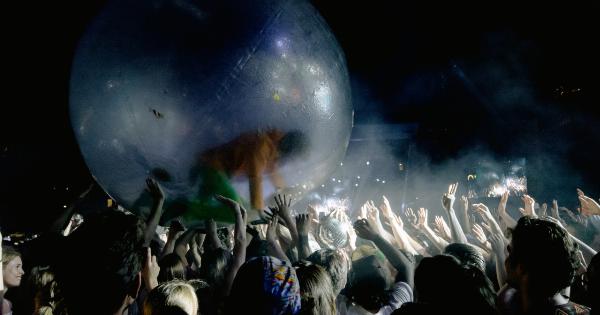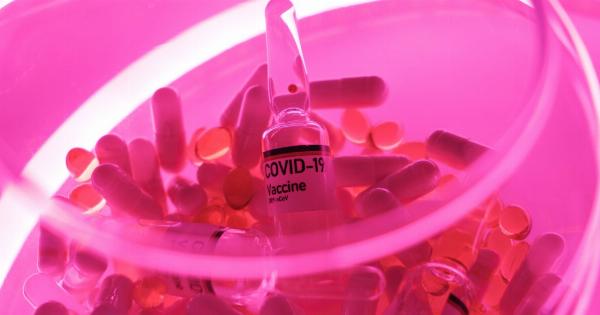Pyrex is a kitchen glassware brand that has been popular since the early 1900s. Its durability, heat resistance, and clear glass design makes it a favorite of many professional chefs and home cooks.
However, with the rise of concerns about lead and other toxic elements in household items, many people are wondering whether old Pyrex items are safe to use. This article will guide you on the safe usage of old Pyrex items.
Understanding Pyrex Glass Properties
Pyrex is made of a specialized heat-resistant glass that is designed to withstand sudden changes in temperature, making it perfect for baking and cooking. However, not all Pyrex glassware is created equal.
Old Pyrex items differ in terms of the types of glass used, the manufacturing process, and the glaze used on the surface of the glass. This can affect the safety of the glassware.
Types of Pyrex Glassware
Pyrex glassware can be divided into two types: Soda lime glass and borosilicate glass. Soda lime glass is the original type of Pyrex glass, made of silica, soda ash, and lime.
It is less expensive to manufacture, but it is also less resistant to thermal shock, meaning it can break or shatter when exposed to sudden changes in temperature. Borosilicate glass, on the other hand, is made of silica, boric oxide, and alumina. It is more expensive to manufacture, but it is also more resistant to thermal shock, making it less likely to break or shatter.
Newer Pyrex items are made of borosilicate glass, but older items may be made of soda lime glass.
Manufacturing Process
Older Pyrex items were manufactured differently than newer items. Older Pyrex items were mouth-blown, meaning they were crafted by hand using a blowpipe to shape and mold the glass.
This method of manufacturing is time-consuming, which is why it was phased out in the 1950s in favor of automated methods. Older Pyrex items may have inconsistencies in the thickness of the glass, which can affect their heat resistance.
Glaze on Pyrex Glassware
Pyrex glassware is often glazed to prevent the glass from sticking to food or other surfaces. However, some older Pyrex items may have a glaze that contains lead or other toxic elements.
This is especially true for items manufactured before the 1980s, when lead was still used in glazes. Even if the glaze is not harmful, it may have worn off or chipped over time, which can affect the safety of the glassware.
Safety Tips for Using Old Pyrex Glassware
While it is generally safe to use old Pyrex glassware, there are some precautions you can take to ensure its safety. Follow these tips:.
1. Check for Chips and Cracks
Inspect your Pyrex glassware for any chips or cracks. If there are any, do not use the glassware, as it can compromise its heat resistance and cause it to break or shatter.
2. Avoid Extreme Temperature Changes
Avoid exposing your Pyrex glassware to extreme temperature changes, such as transferring it from the freezer to the oven. This can cause the glass to shatter or break.
Instead, let the glassware come to room temperature before exposing it to extreme temperatures.
3. Handle with Care
Older Pyrex glassware may be more fragile than newer items, so be sure to handle them with care. Avoid banging them against other objects and do not stack them too high, as this can cause them to crack or break.
4. Avoid Abrasive Cleaners
Avoid using abrasive cleaners on your Pyrex glassware, as this can scratch the surface and compromise its safety. Instead, use a gentle dish soap and a soft sponge to clean it.
Conclusion
Old Pyrex glassware can still be used safely, as long as you take the necessary precautions to ensure its safety. Check for chips and cracks, avoid extreme temperature changes, handle with care, and avoid abrasive cleaners.
By following these tips, you can continue to enjoy your old Pyrex glassware for years to come.
